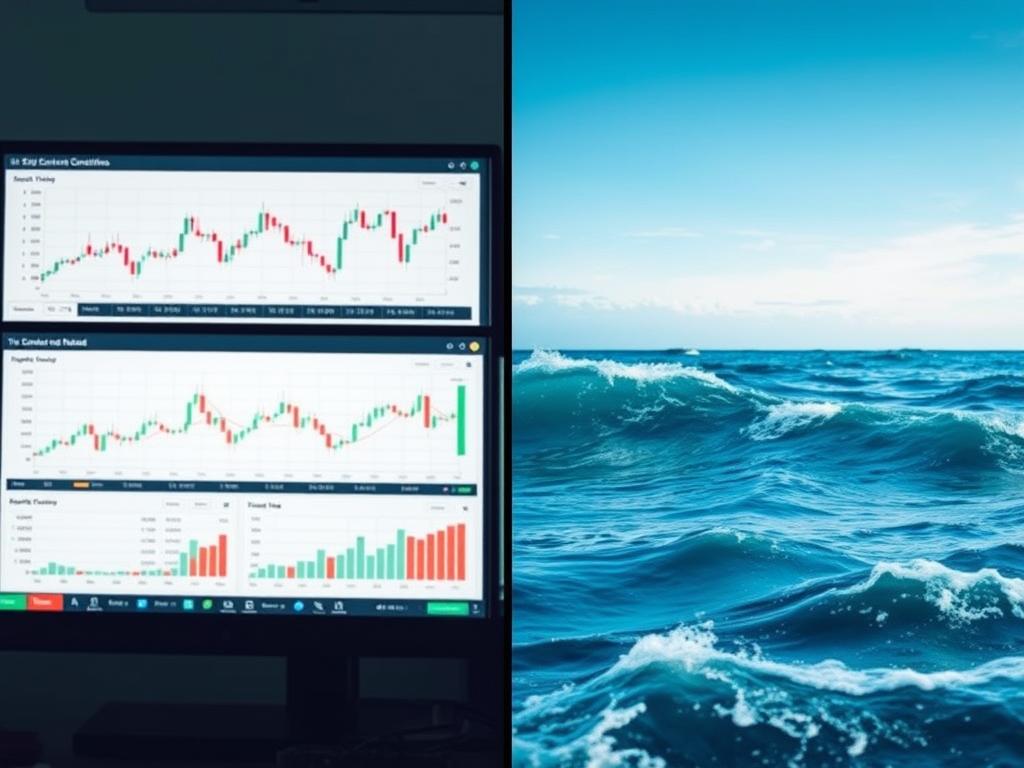
Understanding Market Liquidity: How It Impacts Your Trading Strategy
Share
Liquidity is a fundamental concept in financial markets that plays a crucial role in determining how easily and efficiently a trader can execute transactions. High liquidity typically means tighter bid-ask spreads, lower transaction costs, and smoother market operations. Conversely, low liquidity can lead to wider spreads, higher volatility, and potential difficulties in entering or exiting trades. In this article, we will delve into the importance of market liquidity, how it varies across different market phases, and strategies traders can employ to navigate liquidity-related challenges effectively.
What is Market Liquidity?
Market liquidity refers to the ability to buy or sell an asset quickly and at a stable price. It is a measure of how easily a financial instrument can be traded without causing significant price movements. High liquidity is often associated with major currency pairs, indices, and heavily traded stocks, while less liquid markets may include exotic assets or those with lower trading volumes.
The Importance of Liquidity in Trading
Liquidity is essential for traders because it directly impacts the execution quality of trades. In highly liquid markets, traders can enter and exit positions with minimal slippage, ensuring that their trades are executed at the intended price levels. Conversely, in illiquid markets, even small orders can significantly move the market price, leading to unfavorable outcomes. This makes understanding and monitoring liquidity crucial for traders of all levels.
Factors Affecting Market Liquidity
Several factors contribute to the liquidity of a market, including:
- Market Hours and SessionOverlap: Liquidity tends to be higher during overlapping trading sessions when more participants are active. For example, the forex market typically experiences higher liquidity during the overlap between the London and New York sessions.
- Market Volatility: Periods of high volatility often lead to increased liquidity as more traders enter the market to capitalize on price movements. However, extreme volatility can sometimes result in reduced liquidity if participants become risk-averse.
- Economic Events and News: Major economic announcements, such as interest rate decisions or employment reports, can significantly impact liquidity. These events often lead to increased trading activity, but they can also create periods of low liquidity if market participants hesitate to act.
- Asset Specifics: Certain assets, such as emerging market currencies or thinly traded stocks, inherently have lower liquidity due to limited market participation.
How to Analyze and Monitor Market Liquidity
Traders can use several tools and indicators to assess and monitor market liquidity. These include:
- Bid-Ask Spreads: Tighter spreads indicate higher liquidity, while wider spreads suggest lower liquidity.
- Volume Data: Higher trading volumes are typically associated with greater liquidity.
- Order Book Depth: A deeper order book with numerous bids and asks at various price levels indicates higher liquidity.
- Custom Indicators: Tools like the Pace of Tape Indicator can provide insights into market activity and liquidity by analyzing the speed of trade executions.
Strategies for Trading in Different Liquidity Conditions
Different liquidity conditions require different trading approaches. Here are some strategies traders can employ:
- High Liquidity Markets: In highly liquid markets, traders can take advantage of tight spreads and execute larger positions with confidence. Scalping and high-frequency trading strategies often perform well in these conditions.
- Low Liquidity Markets: In illiquid markets, traders should be cautious with position sizing and consider using limit orders to minimize slippage. It's also important to be patient and wait for optimal entry and exit points.
- Transition Periods: During periods of changing liquidity, such as the transition from the Asian to the European trading session, traders should be prepared for increased volatility and potential shifts in market dynamics. Tools like the Mixed Timeframe Multi EMA Indicator can help identify these transitions and adapt strategies accordingly.
Conclusion
Market liquidity is a critical factor that every trader should understand and incorporate into their strategy. By monitoring liquidity conditions, analyzing key metrics, and adapting trading approaches, traders can make more informed decisions and improve their overall performance. Whether you're trading in high-liquidity markets or navigating the challenges of low-liquidity environments, having the right tools and knowledge can make all the difference.
